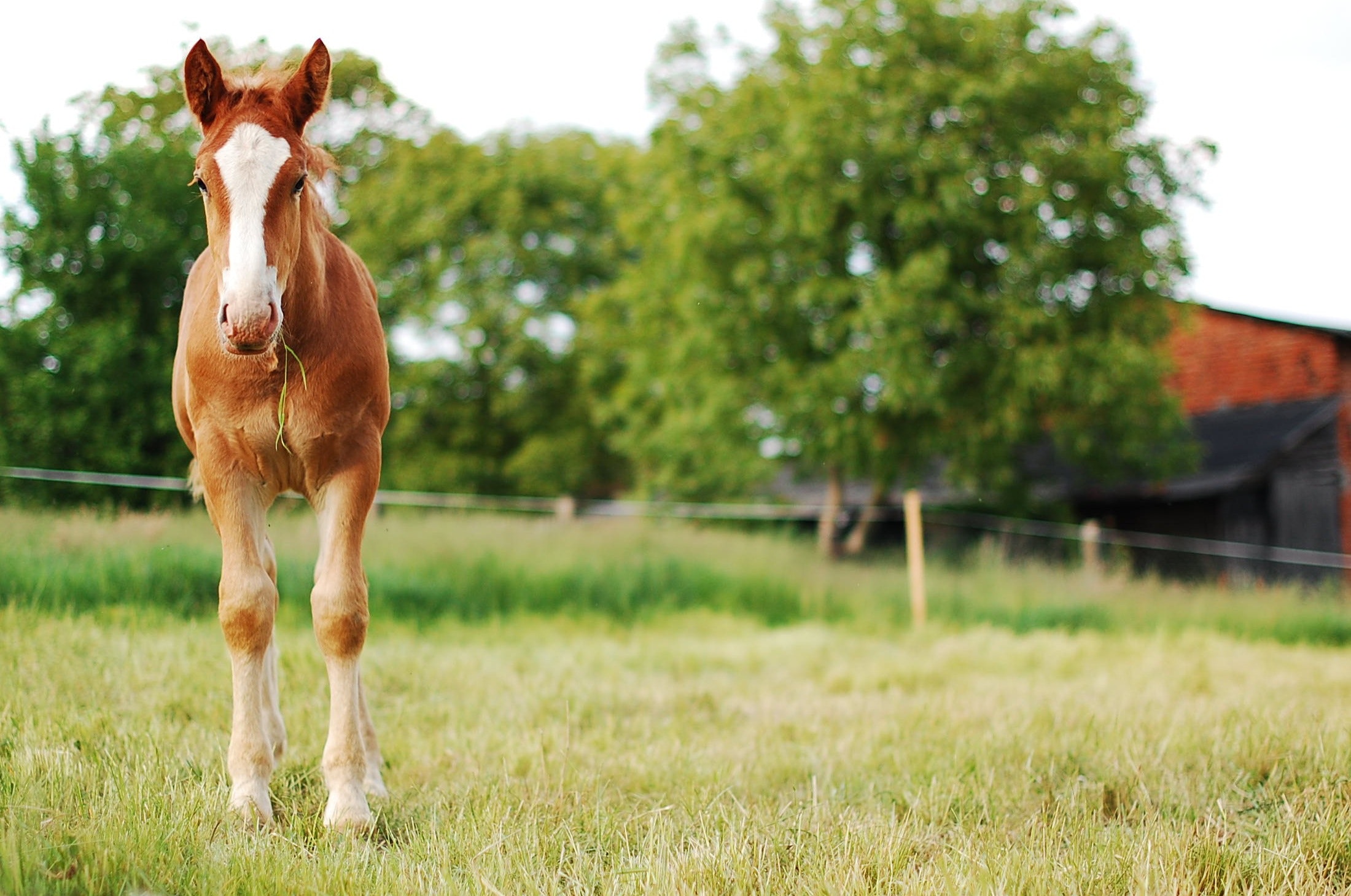Developing Pasture for Horse Nutrition
go.ncsu.edu/readext?542746
en Español / em Português
El inglés es el idioma de control de esta página. En la medida en que haya algún conflicto entre la traducción al inglés y la traducción, el inglés prevalece.
Al hacer clic en el enlace de traducción se activa un servicio de traducción gratuito para convertir la página al español. Al igual que con cualquier traducción por Internet, la conversión no es sensible al contexto y puede que no traduzca el texto en su significado original. NC State Extension no garantiza la exactitud del texto traducido. Por favor, tenga en cuenta que algunas aplicaciones y/o servicios pueden no funcionar como se espera cuando se traducen.
Português
Inglês é o idioma de controle desta página. Na medida que haja algum conflito entre o texto original em Inglês e a tradução, o Inglês prevalece.
Ao clicar no link de tradução, um serviço gratuito de tradução será ativado para converter a página para o Português. Como em qualquer tradução pela internet, a conversão não é sensivel ao contexto e pode não ocorrer a tradução para o significado orginal. O serviço de Extensão da Carolina do Norte (NC State Extension) não garante a exatidão do texto traduzido. Por favor, observe que algumas funções ou serviços podem não funcionar como esperado após a tradução.
English
English is the controlling language of this page. To the extent there is any conflict between the English text and the translation, English controls.
Clicking on the translation link activates a free translation service to convert the page to Spanish. As with any Internet translation, the conversion is not context-sensitive and may not translate the text to its original meaning. NC State Extension does not guarantee the accuracy of the translated text. Please note that some applications and/or services may not function as expected when translated.
Collapse ▲Horses are very well adapted to eating high-quality grasses and hay. In fact, mature horses can in many cases thrive on forage only diets. However, many owners still rely on grains for the largest portion of their horse’s diet. Forages should be the major component of a cost-effective feeding program for horses at all life stages, satisfying needs for essential proteins, vitamins, and minerals. Careful pasture management can produce low-cost, high-quality forage the minimizes the need for grain and mineral supplements, improve the environment by reducing soil erosion and waste run-off, and provide room for exercise for your horses.
 The ideal horse pasture should have several key elements, a dense stand of nutritious and palatable forage species, plenty of area for grazing and exercise, a smooth surface free of potholes, marshes, noxious weeds, and trash or other harmful objects, safe fences and gates, and an ample supply of fresh clean water. Pasture should provide enough space to maintain a dense stand of forage adequate to meeting the needs of your horse’s nutrient requirements. In general, research shows that around two acres of pasture per mature 1,100-pound horse. Even smaller areas can be managed to feed a horse with more intensive pasture management and care including seeding, fertilizing, applying lime, and properly managing grazing. The key to success is not using your pastures as a dry lot. Animals should be added and removed at the correct times to obtain optimum nutrition, rapid forage regrowth, and stand persistence.
The ideal horse pasture should have several key elements, a dense stand of nutritious and palatable forage species, plenty of area for grazing and exercise, a smooth surface free of potholes, marshes, noxious weeds, and trash or other harmful objects, safe fences and gates, and an ample supply of fresh clean water. Pasture should provide enough space to maintain a dense stand of forage adequate to meeting the needs of your horse’s nutrient requirements. In general, research shows that around two acres of pasture per mature 1,100-pound horse. Even smaller areas can be managed to feed a horse with more intensive pasture management and care including seeding, fertilizing, applying lime, and properly managing grazing. The key to success is not using your pastures as a dry lot. Animals should be added and removed at the correct times to obtain optimum nutrition, rapid forage regrowth, and stand persistence.
Using simple equations, you can estimate both the amount of forage required by your horse, and the amount your pasture is capable of producing. For example, a mature mare can consume 2.5% of her body weight per day in forage dry matter. Therefore, a 1,100-pound mare could be expected to eat around 27.5 pounds of forage dry matter each day (1,100 X .025 = 27.5). Bermudagrass pasture produces an average of 45 pounds of forage dry matter per acre per day from May to September. This means that each acre should produce about 7,000 pounds over the course of a grazing season (45 pounds X 153 growing days). This means even after factoring in factors such as trampling, selective gazing, and other factors that contribute to pasture waste, this pasture should be more than adequate to meeting the nutritional needs of this mare for the entire 153-day period. This same calculation can be done for the many other appropriate pasture species options. Other management strategies like rotational grazing, cross fencing, and using warm and cool season grasses can further increase your pasture yields and improve the availability of forage for your horses.
As Fall approaches, now is the perfect time to put together a pasture plan, send off soil samples to address soil fertility, and pasture samples to gather composition breakdown and make better nutritional recommendations.
The information in this article was sourced from the NC State Extension Publication “Managing Pastures to Feed Your Horse” by Bob Mowry and Kevin Pond.




